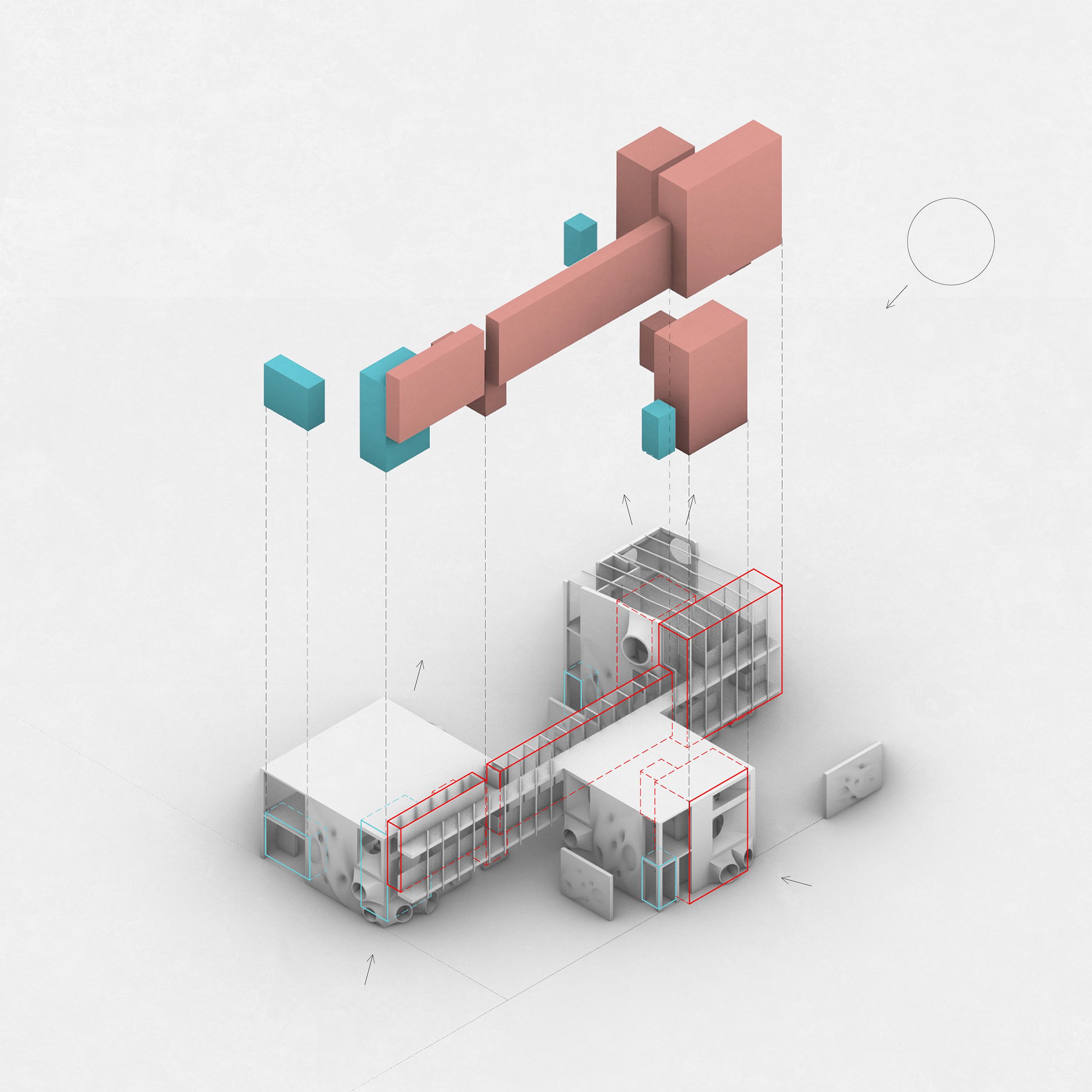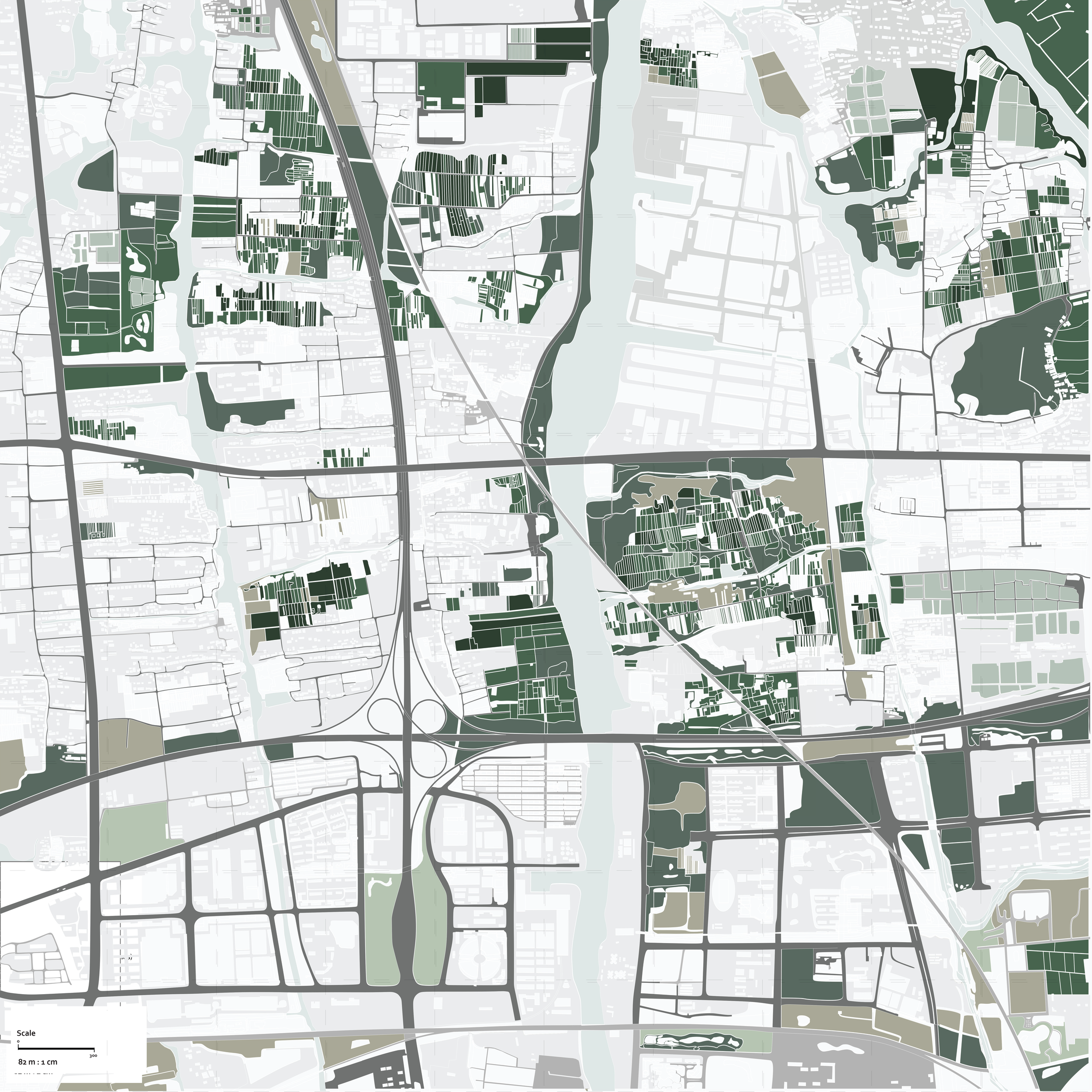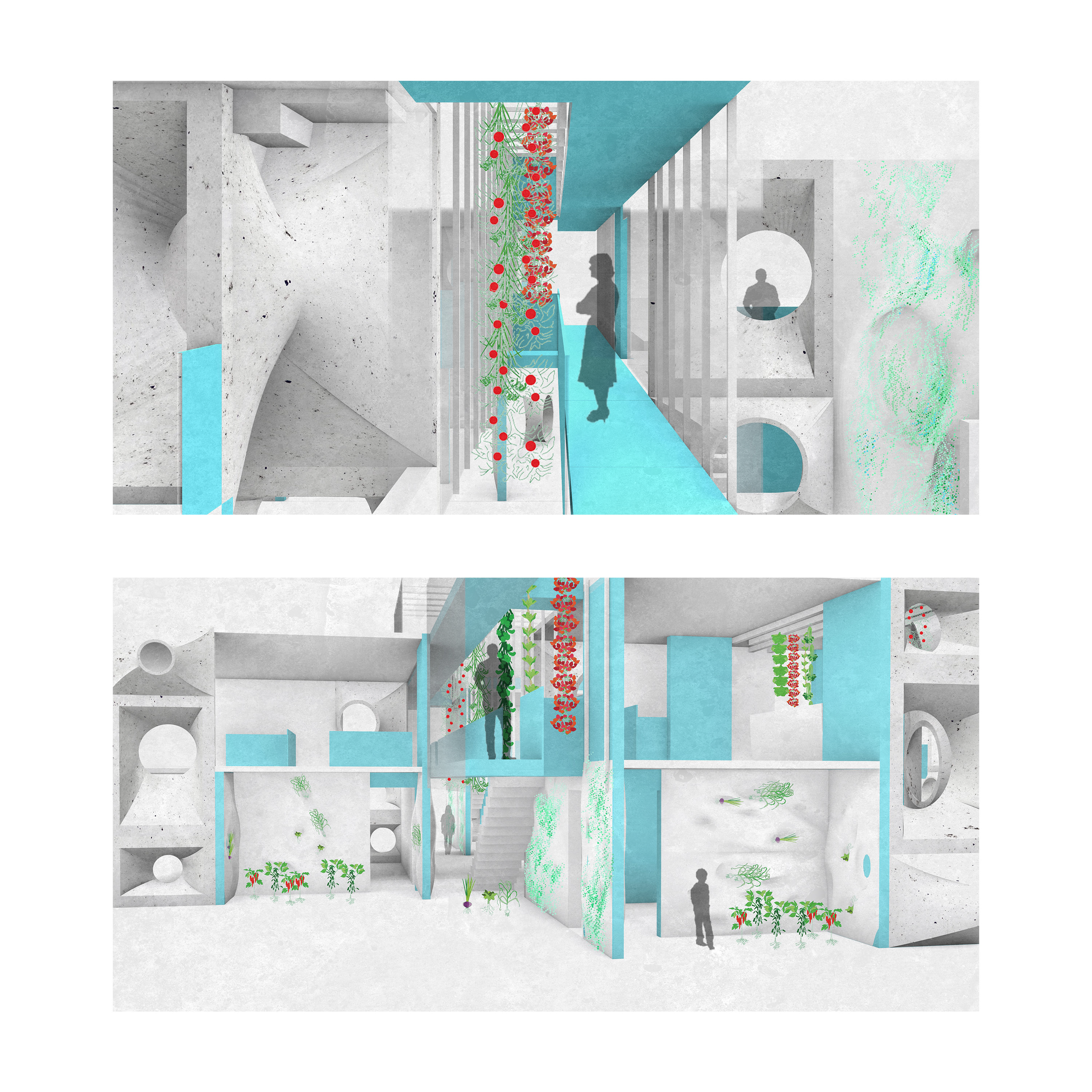Residential
FRINGE CITY, FALL'20
PRELIMINARY RESEARCH IN COLLABORATION WITH BUSHRA AUMIR
Housing is an integral element of the urban environment and a driver for today’s rapid urbanization. In 2016, residential land accounted for one of the largest portions of China’s urban built areas. Through unrelenting spatial transformation over the past several decades, the fringe territory between urban centers and rural landscapes – a collage of regularized urban fabric, productive landscapes, and vernacular village fabric – emerged as the predominant framework for urbanization. The “in-between” fringe is characterized by the uncompromising clashing of systems, architectural typologies, material practices, spatial practices, economies, technologies, and ecologies. The distinct co-existence of regularized urban fabric, productive landscapes, and vernacular fabric conditions opens the possibility to cultivate novel hybridized housing systems.
Currently, almost 85 percent of rural households in China have at least one family member working in the non-agricultural sector. Yet, agriculture still employs roughly half of the labor force, and rural incomes are just 30 percent of the urban average. One third of all farmland is rented. The rise in rental opportunities will almost certainly allow the remaining farmers to enlarge farm size and increase total earnings. Yet without mechanization the effects will be limited. Agricultural labor markets are poorly developed. At present, some farmers hire labor, but as demand is highly seasonal and nonfarm labor markets are rapidly developing, the amount that can be hired at each time period is limited.


Fabric Cast Concrete
MATERIAL STUDIES IN COLLABORATION WITH BUSHRA AUMIR
This project explores the multivalent urban fringe as an incubator for alternate housing models by coupling advanced construction methods and local building practices in rural-urban China. Bottom-up strategies informed by local construction methods and materials will be augmented by emergent technologies such as AR tools or other digital fabrication tools to create much-needed innovations in mass-customized housing design for rural-urban communities. The design investigation seeks to identify unique opportunities for fabric cast construction that can be adapted and deployed by local labor and communities within a low-tech setting.
The design investigation seeks to incorporate various methods of sun, outdoor shaded, and indoor cure drying methods of rice, root, stem, and mixed crops into the household through fabric cast construction. These methods can be adapted and deployed by local labor and communities within a low-tech setting, for moisture, temperature, and passive ventilating systems that suit each respective crop, with consideration of housing placement.

Prototype for fabric study | Fologram AR
Prototype for implementation on housing structure | Fologram AR




















